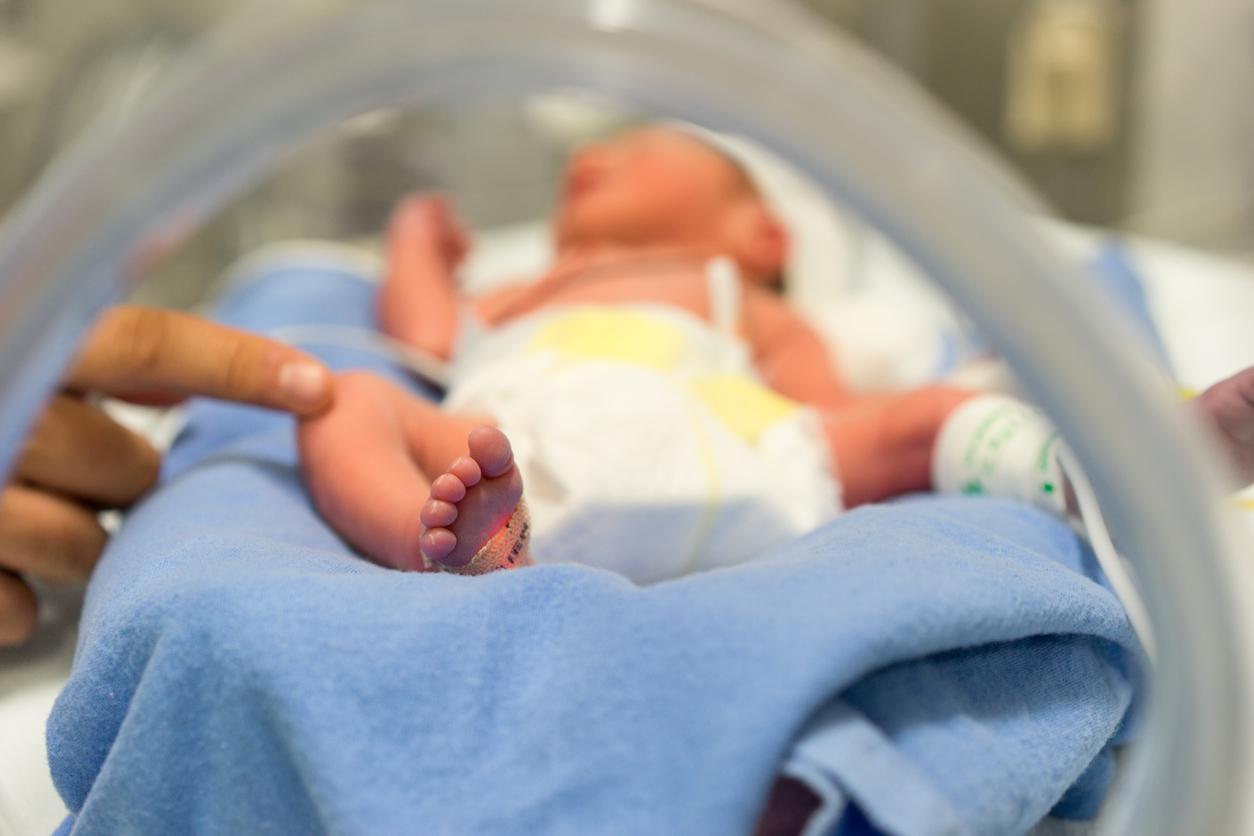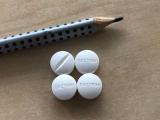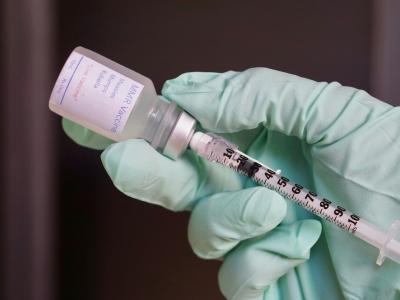Two new studies highlight successful efforts to reduce antibiotic use in neonatal intensive care units (NICUs).
The studies, published last week in Pediatrics, describe antibiotic stewardship interventions in NICUs at children's hospitals in New York and Pennsylvania. NICUs have become a focus for stewardship advocates in recent years because antibiotics are among the most frequently prescribed drugs in these units, and prolonged antibiotic use is common.
While antibiotics are frequently necessary for premature newborns, who are highly vulnerable to bacterial infections and sepsis, excessive antibiotic use in NICUs has been associated with a range of harms, including disruption of the developing gut microbiome, development of resistant organisms, increased risk of childhood allergies, necrotizing enterocolitis, and late-onset sepsis.
Both interventions studied were focused on reducing antibiotic use for culture-negative sepsis, which is diagnosed when there are clinical signs of sepsis, but no microorganism can be identified.
Intervention targets culture-negative sepsis diagnosis
The first study, led by researchers at Drexel University College of Medicine, describes the impact of an antibiotic stewardship quality improvement (QI) initiative in the NICU at St. Christopher's Hospital for Children in Philadelphia.
The initiative, implemented in January 2020, included development of consensus guidelines on recommended durations for four common indications—culture-negative sepsis (5 days), rule-out sepsis (2 days), tracheitis (5 days), and uncomplicated pneumonia (7 days). Other measures included antibiotic stop dates, prospective audit and feedback, antibiotic necessity documentation, and provider education.
Although a previous study of the intervention found an increase in provider adherence to the recommended antibiotic durations, the total antibiotic utilization rate (AUR) in the NICU was not reduced, primarily because of a spike in culture-negative sepsis diagnoses. Based on those results, the stewardship team subsequently focused its provider education sessions on reducing culture-negative sepsis diagnosis as a way to reduce total AUR.
To reassess the impact of the intervention, the researchers examined antibiotic use data on 522 newborns exposed to at least one antibiotic in the NICU. Of those newborns, 137 were treated prior to the intervention (January through December 2019), and 450 were treated postintervention (January 2020 through December 2023). Comparison of the preintervention and postintervention prescribing practices showed that the percentage of antibiotic courses attributed to culture-negative sepsis declined from 13% to 7%, with early-onset culture-negative sepsis diagnoses falling from 9% to 4%.
Within 12 months of the intervention, the total AUR in the NICU decreased by 50%, falling from 278 days of therapy (DOT) per 1,000 patient-days (PDs) to 140. AUR related to culture-negative sepsis diagnoses decreased by 64%, from 22 to 8 DOT/1,000 PDs. The rate of antibiotic reinitiation within 14 days of course completion—an indication that the initial antibiotic treatment failed—remained unchanged. at 19%, throughout the initiative.
The study authors say that while many factors contributed to the success of the intervention, the establishment of consensus guidelines backed by up-to-date, evidence-based education on the diagnosis of culture-negative sepsis was "crucial and applicable to all NICU antibiotic stewardship endeavors."
"Most importantly, this initiative inspired a unit-wide culture change of increased confidence in blood cultures with a resultant significant reduction in AUR specifically for culture-negative sepsis diagnoses, without notable treatment failures," they wrote.
Antibiotic guidelines, stewardship rounds drive change
The second study, led by researchers with the Icahn School of Medicine at Mount Sinai, examined a QI initiative that was also focused on changing practices related to culture-negative sepsis. The initiative, implemented in the NICU at Mount Sinai Kravis Children's Hospital in New York in March 2021, aimed to reduce the number of treatment courses for culture-negative sepsis by 30% and treatment duration by 25%.
Interventions included creation of antibiotic guidelines for suspected sepsis, case audits, weekly antibiotic stewardship rounds, and biweekly review of culture-negative sepsis cases at staff meetings.
Comparing data on any NICU patient who received an antibiotic during the baseline period (January 2020 through April 2021) and the intervention period (October 2021 through May 2023), the researchers found that antibiotic DOTs for culture-negative sepsis fell by 81%, from 25 DOT/1,000 PDs per month to 4.6 starting in October 2021. The change was driven almost entirely by a decline in DOTs for early-onset culture-negative sepsis, which fell from 18.3 to 3.9 DOT/1,000 PDs per month.
"Patients are often admitted to the NICU with symptoms that easily mimic sepsis and, before this project, many of these patients received treatment courses of antibiotics for CNS [culture-negative sepsis]," the study authors wrote. "Treatment of early-onset CNS represented an easily modifiable behavior that many providers adjusted after preliminary discussions even before the implementation of formal interventions."
The average number of antibiotic courses for culture-negative sepsis decreased by 68%, from 1.6 courses per month in the baseline period to 0.5 courses per month during the QI initiative. Overall antibiotic DOTs for any indication in the NICU fell by 24%, from 232.5 to 176.7 DOT/1,000 PDs per month. There was no change in the percentage of courses with antibiotic reinitiation within 10 days.
The authors say the provider behavior changes that made the intervention successful were reinforced by educational sessions, literature review, and clinical consensus discussions. But the changes were sustained by the development of antibiotic guidelines, stewardship rounds, and regular review of data.
"Likely the most impactful intervention for sustained improvement was the implementation of weekly stewardship rounds, which heightened and maintained awareness regarding stewardship efforts and reinforced a more conservative approach to antibiotic use in the absence of documented infection," they wrote.
In an accompanying commentary, Jeffrey Meyers, MD, of the University of Rochester Medical Center, says the authors of both papers should be applauded for addressing a challenging area of antibiotic use in NICUs.
"The diagnosis of culture-negative sepsis is uncertain, and treatment at best is a 'gray' area," he wrote. "However, these 2 reports highlight that not only is improvement work needed in gray areas of antibiotic stewardship, but it is entirely possible."





















